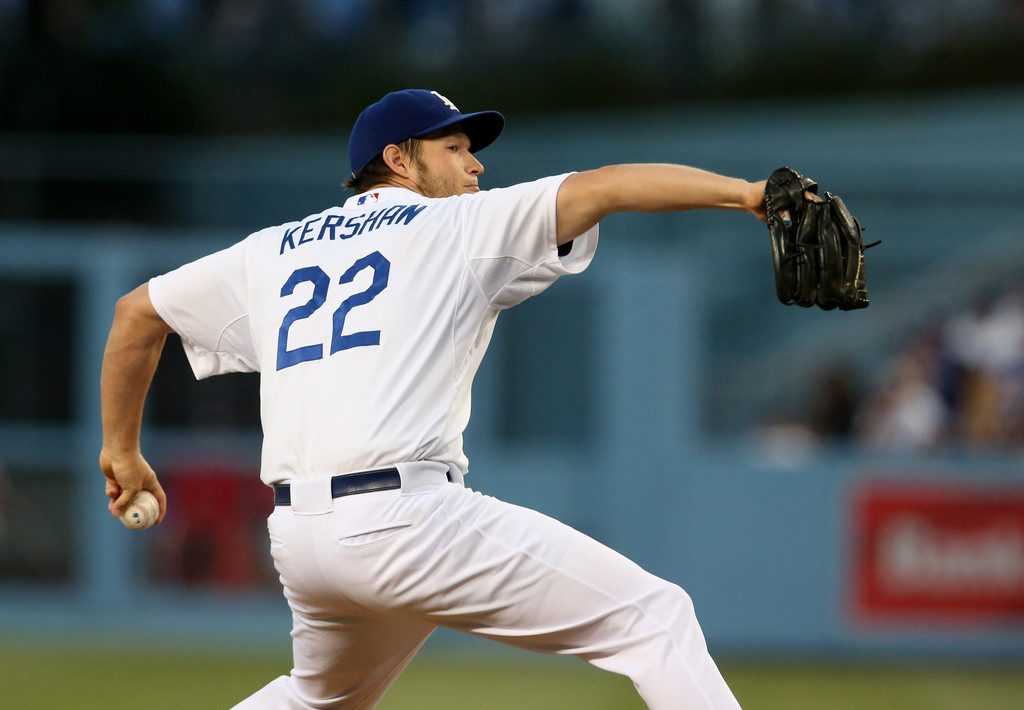
A baseball season is more than just what happens on the field, it’s a weekly test of our patience, support and sanity. There are always stats to back up everything about the game no matter what.
But which stats are really important to know? With all these stats, we end up getting lost in knowing percentages that might sound useful—especially, if you’re into baseball betting, as stats play a major role in betting. But even if you’re a baseball fan, the most important thing is to be familiar with MLB statistical facts.
That’s why we’ve put together this article to list out some MLB stats every baseball fan should know.
BA- Batting Average
Batting average is the most common baseball statistic used to measure a player’s hitting ability. It’s calculated by dividing a player’s hits by their at-bats, and multiplying by 100.
For example, if a player has 20 hits in 50 at-bats, his batting average would be 0.400. That would also mean that he had an on-base percentage of 0.400 because walks are counted as hits in the formula. A hitter with a batting average of .300 or higher is considered to be an excellent hitter (that mark is sometimes referred to as “being in the ‘300 club'”).
BABIP – Batting Average on Balls in Play
BABIP measures how often batted balls become base hits for a given hitter or pitchers. It can help predict whether or not a hitter or pitcher will have better luck going forward. The formula is simple: divide Bases on Balls (BB) by Batted Balls (AB). So, if you have 100 balls put into play, but only 10 walks allowed, your BABIP would be 0.100 (10/100). That number may seem low, but it’s actually quite high for most pitchers who pitch to contact
OBP- On Base Percentage
One of the most important statistics in all of sports is OBP (on base percentage). It’s a simple measurement of how often a player reaches base safely by hitting a single, getting hit by a pitch, or drawing a walk — basically any way besides an out. The higher the OBP, the better chance your team has at scoring runs.
SLG- Slugging Percentage
Slugging percentage is a statistic used in baseball and softball that measures the effectiveness of hitters in achieving base hits by dividing the number of bases a player hits per at bat by his at bats. In other words, it measures the total bases divided by the plate appearances.
The formula for slugging percentage is: SLG = Total Bases / At Bats
For example, if a player hits three home runs in 10 at bats, he has had 30 total bases and 30 at bats. His slugging percentage would be 3/10 = .3 or 30%.
OPS- On Base plus Slugging
This is the total of hits plus walks divided by at bats. It shows how often a player gets on base. For example, if a player has 100 hits, 50 walks, and 250 at bats for a season, his OPS would be .750. The higher the number, the better he is getting on base compared to other players in MLB.
WAR- Wins Above Replacement
WAR is a stat that measures how many wins a player is worth to his team. It’s calculated by comparing a player’s performance to the average player at his position.
For example, if a player has an fWAR of 3.0, he’s averaged three more wins than the average player at his position over the course of a season. A 10 WAR season is considered All-Star caliber and a 20 WAR season is MVP-caliber.
WHIP- Walks and Hits per Inning Pitched
WHIP is a statistic that is used to measure a pitcher’s effectiveness. It is calculated by adding hits, walks, hit batsmen, and unearned runs allowed and dividing it by innings pitched. A WHIP of 1.00 would mean that one base was allowed per inning pitched; a WHIP of 0.75 means 75% of the bases were not allowed per inning pitched.
FIP- Fielding Independent Pitching
Fielding independent pitching (FIP) is a sabermetric baseball statistic developed by analyst Voros McCracken that attempts to measure what a pitcher’s ERA would look like over a given period of time if the pitcher were to have experienced league average results on balls in play and league average timing. FIP is calculated exactly like ERA, except that it uses three true outcomes — strikeouts, walks, and home runs — rather than baserunners allowed. The formula is:
FIP = ((13*HR)+(3*(BB+HBP))-(2*K))/IP + constant
The constant is set at 3.24 for all pitchers since the league averages for hits, strikeouts, walks and home runs are roughly equal to that figure. FIP was created as a response to the dominance of defense-independent pitching statistics such as strikeouts per nine innings (K/9), walks plus hits per inning pitched (WHIP), and fielding independent pitching (FIP).
DRS- Defensive Runs Saved Above Average
DRS is a stat that attempts to quantify how many runs a player saved or cost their team in the field. A fielder can get up to 20 DRS per season, depending on how good they were at preventing runs from scoring. The goal is to prevent hits from becoming extra bases, extra-base hits from becoming doubles or triples, and doubles or triples from becoming home runs. The higher your DRS, the better you were at preventing runs from scoring.
In Conclusion
Now you know some of the things that need to be taken into consideration when analyzing MLB records. These are only a few of the stats that people should know, but they are some of the most common ones that people use in sports.





